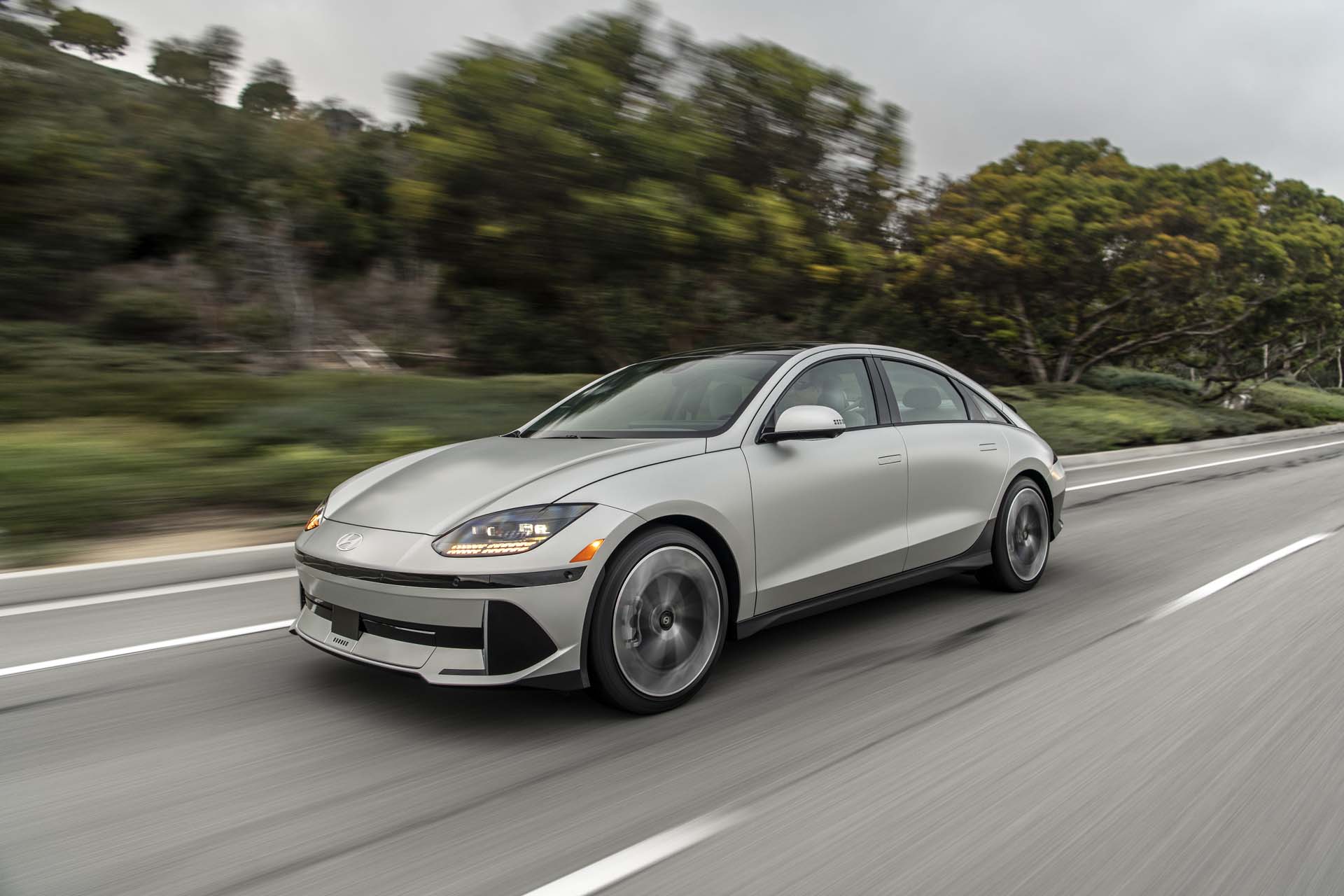
Besides making a pretty penny from selling all-electric cars, Tesla is raking in a nice profit just from selling regulatory credits to other car companies around the world.
Last year, the Elon Musk-led EV maker cashed in on $1.79 billion in regulatory credit revenue, according to Automotive News, with the cumulative total from this source of income reaching almost $9 billion since 2009.
Get Fully Charged
Making money from EV credits
Tesla made almost $9 billion in revenue since 2009 just from selling regulatory credits to other automakers. Last year, the American company made $1.79 billion from selling papers to car manufacturers that can’t stay below certain emissions limits for new-car fleets.
Regulatory credits are bought by automakers from across the world that have new-vehicle fleet emissions above those set by the local authorities in places like China, the European Union, and the state of California.
In other words, the average emissions of a carmaker’s portfolio have to slip under a certain limit in order to avoid a hefty fine. But how do you stay under the limit if you only make gas- and diesel-burning cars? Well, you buy some credits from companies that only make zero-emissions cars and legally get away with it.
We don’t know how much money Tesla made from each individual automaker buying credits, but it’s good business for the American EV manufacturer. However, in the grand scheme of things, selling a lifeline to carmakers that don’t build more EVs isn’t as big of a deal as one would expect. In 2023, Tesla reported total revenue from the automotive business of $82.4 billion, meaning regulatory credits amount to just 1.4%.
That said, it’s almost like free money for Tesla, as there’s little to no associated cost to selling the credits, making the sales virtually pure profit, Automotive News writes.
A Tesla Model X charging at a Supercharger
Last year, Tesla and its U.S.-based battery-making partner Panasonic also received between $900 and $1,400 in government subsidies for every EV sold here thanks to the battery tax credits put in place by the Inflation Reduction Act.
Back in 2020, Tesla’s then-CFO Zachary Kirkhorn said during the July earnings call that the American company isn’t managed based on the assumption that regulatory credits will contribute in a significant way to the future. “It will continue for some period of time, but eventually this stream of regulatory credits will reduce,” he added.
But while optimism was rampant in 2020 when it came to the rate at which the EV market would grow, recent developments might help Tesla continue to make good money off of regulatory credits as several automakers have significantly slowed down their EV output and toned down their enthusiasm on the EV market’s growth rate. This means that fewer EVs will hit the road in the coming months, and Tesla will keep selling regulatory credits to manufacturers that bet on combustion to keep the lights on.



